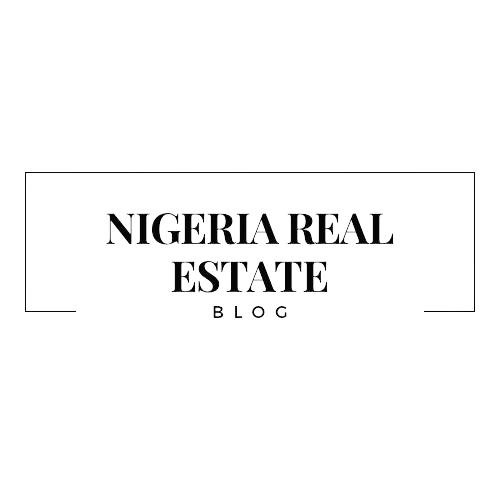Lagos State’s recent decision to demolish structures obstructing drainages in Ikota Lekki serves as a stark reminder of the dangers associated with building close to or on top of drainage systems. The consequences of such actions can be severe, not only for property owners but also for the broader community. This article discusses why people should refrain from purchasing land or constructing houses near drainages and offers guidance on how to identify if a property is located on top of a drainage.
The Perils of Building Near Drainages
- Flood Risk: Building in close proximity to drainages increases the risk of flooding during heavy rains. When drainages are obstructed or houses are built atop them, the free flow of water is hindered, leading to waterlogging and potentially disastrous floods. This not only poses a danger to the property but also disrupts the lives of neighboring communities.
- Health Hazards: Stagnant water, often found near obstructed drainages, becomes a breeding ground for disease-carrying mosquitoes and other pests. Residents in such areas are at a higher risk of contracting waterborne diseases like malaria and cholera.
- Erosion: Building close to drainages can lead to soil erosion. The natural course of water is disrupted, causing soil to wash away and potentially weakening the foundation of nearby structures.
- Property Value: Houses situated near drainages are less desirable to potential buyers. Property values can plummet due to the associated risks and inconveniences, making it a poor long-term investment.
- Legal Consequences: In many areas, building close to or on top of drainages may be a violation of local building codes and regulations. Property owners may face fines, eviction, or forced demolition.
How to Identify a Property on Top of a Drainage
- Check Local Regulations: Consult your local zoning and land use regulations. Authorities often have specific setback requirements from drainages, which vary from place to place.
- Inspect the Property’s Topography: Uneven or sloping land could be an indication that the property is situated over a drainage channel. It’s essential to have a professional surveyor assess the land to confirm its suitability for construction.
- Review Historical Flood Data: Check if the area has a history of flooding or drainage issues. You can often find flood maps or historical data from local government agencies or online sources.
- Site Visit: Visit the property during the rainy season to observe how water flows through the area. Water accumulation or puddles can be signs that the property is situated near a drainage.
- Consult a Professional: Engaging the services of a qualified engineer or surveyor can help you determine the precise location of drainage systems and whether your property is affected.
Conclusion
The consequences of building near or on top of drainages are numerous and far-reaching. Avoiding such locations not only ensures the safety and well-being of homeowners but also contributes to the overall health and resilience of the community. Before purchasing land or constructing a house, thorough research and adherence to local regulations are essential to make informed decisions and secure a property that is safe, valuable, and devoid of potential hazards.







GIPHY App Key not set. Please check settings